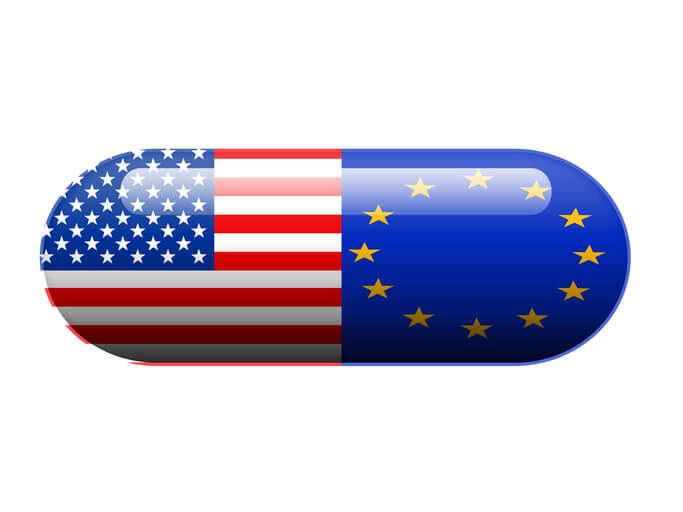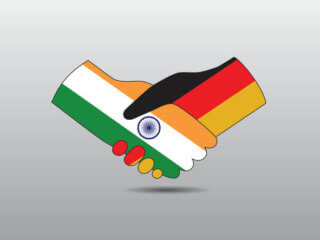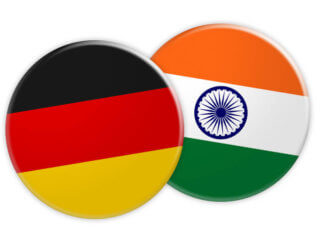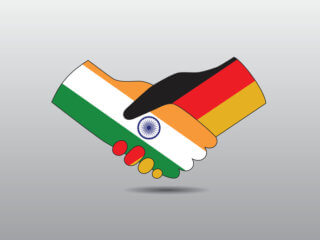EU and US have recognized the importance of health-related information and communication technology in promoting individual and community health while fostering innovation and economic growth with numerous EU-US collaboration projects coming into the picture.
Experts have sent a strong message for the governments to collaborate in health IT domain. There is also a demand for skilled eHealth workforce who can utilize the digital technology and meet the needs of the changing health care sector.
EU-US collaboration: Joint innovation via the EU-US Health-IT MoU
The roots of MoU between EU and the US can be traced back to the President George Bush’s era. But, the MoU saw the day’s light in December 2010 when European Commission and US Department of Health and Human Services signed a MoU to help facilitate more efficient use of eHealth and support global cooperation in the area of health-related information and communication technologies.
A Transatlantic eHealth Roadmap, developed in 2013 as a part of MoU emphasized on supporting an innovative collaborative community of public and private sector entities, promoting individual and community health in the global environment and enabling a robust and innovative system that supports the digital exchange of human health data.
| Recommended for you | |
| India-Germany collaboration in health care sector | |
| Achieving interoperability in eHealth systems in Europe | |
| How to raise funding for your digital health startup in the US? |
Transatlantic health IT cooperation: Innovation ecosystems work-stream
The majority of the countries worldwide have felt the need of digital technology in the healthcare sector and are moving forward to enable the cross-border exchange of information and collaborate in eHealth and mHealth domain. International Trade Administration has also emphasized on developing creative ways to increase technology adoption and exports of health care goods and services.
MoUs have always led to greater collaboration and data exchange among the signatory parties. They express a convergence of will between the parties, indicating a common line of action. MoU in health care sector will lead to a greater exchange of medical data which can result in hosts of innovative devices and applications.
MoU between EU-US has a large number of advantages apart from the technological advancements. It can lead to higher exports and trade opportunities for both the parties. Collaboration between EU-US will also defy all the market access barriers and create new opportunities for business and procurement for all the stakeholders. The adoption of consistent standards between EU and the US a greater focus on the skills development of health IT workers are two major work-streams that will lead to increased utilization of health IT products and services.
Innovation programs in the EU
EU has announced a funding of 58 Million Euros* for innovation in digital health in 2017. Horizon 2020 is the biggest EU Research and Innovation program ever with nearly €80 billion of funding available over seven years (2014 to 2020) – in addition to the private investment that this money will attract. It promises more breakthroughs, discoveries, and world-firsts by taking great ideas from the lab to the market.
By coupling research and innovation, Horizon 2020 is helping to achieve this with its emphasis on excellent science, industrial leadership and tackling societal challenges. The goal is to ensure Europe produces world-class science in various sectors including health care, removes barriers to innovation and makes it easier for the public and private sectors to work together in delivering innovation.
The European Innovation Partnership in Active and Healthy Ageing (EIP on AHA) is a pilot initiative launched by the European Commission to foster innovation in the field of active and healthy aging. The number of Europeans over 65 will double in the next 50 years, and the number of over 80’s will almost triple. Life expectancy will continue to increase, yet unhealthy life years make up around 20% of a person’s life.
An aging society will have to tackle many challenges related to health and will cost a huge amount of money to the government. EIP on AHA aims to improve the health and quality of life of Europeans with a focus on older people and reduce the cost incurred in health care.
Reference sites are recognized for demonstrating excellence in implementation and scaling up of most innovative products and services designed to meet the needs of their aging population. As of today, there are 74 reference sites in Europe with a total investment of 4 Billion Euros.
Transatlantic health IT cooperation: eHealth workforce development
We need a skilled workforce, trained clinicians to utilize eHealth devices and digital technology in health care. Everyone involved in health care sector should have a skill set which he or she can use whenever it is required.
The first phase of eHealth workforce development workstream started in 2013, mapped and catalogs over 1200 competencies, from basic to expert level, for over 200 specific job roles in acute care, in 33 areas of competency. The data, now known as HITCOMP tool and repository was compiled, analyzed and is used globally by various stakeholders.
European Commission under the umbrella of the Project Horizon 2020, funded EU-US eHealth work project. The goal of this project is to address this workforce shortage and lack of full access to eHealth skills and competence by measuring goals and needs, informing the users and spreading awareness about the use of devices, educating all the stakeholders and holding training sessions and promoting advancement and development in the field by making use of skilled workforce.
Different countries worldwide are collaborating and signing MoUs to exchange health care data and trade digital health technology. Collaborative cutting edge research and innovation are needed in all the countries to establish themselves as the frontrunner in eHealth which will contribute to the wellbeing and health of its citizens.
| MoUs and collaborations | Major objectives |
|---|---|
| EU-US MoU, EU-US eHealth work project, EIP on AHA |
|
Chair: Dr. Stephan Schug, ZTG GmbH and Chief Medical Officer, EHTEL, Brussels
Speakers:
Jennifer Boger, Office of Health and Information Technologies, DoC, United States
Rachelle Blake PH MHA, EU-US-eHealth-Workforce Project Coordinator & CEO Omni Micro, US
Dr. Stephan Schug, ZTG GmbH and Chief Medical Officer, EHTEL, Brussels
Upload Date: 27th November 2016
Video URL: https://www.youtube.com/watch?v=zPaHb0Agu5k&index=1&list=PL98iSagl_rnIwKONL-dQmj9Y1mOGAjvW8
Video Code: 16R101
*Source: https://ec.europa.eu/digital-single-market/en/news/58m-euro-eu-funding-innovation-procurement-2017
European Innovation Partnership in Active and Healthy Ageing (EIP on AHA): https://ec.europa.eu/eip/ageing/home_en
EU-US eHealth work project: http://www.himss.org/news/introducing-eu-us-ehealth-work-project
Image credit: www.istockphoto.com

















